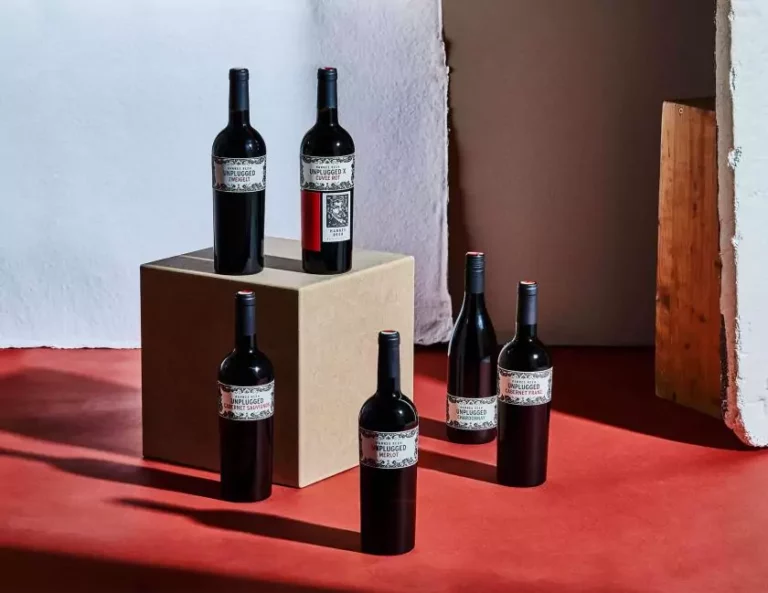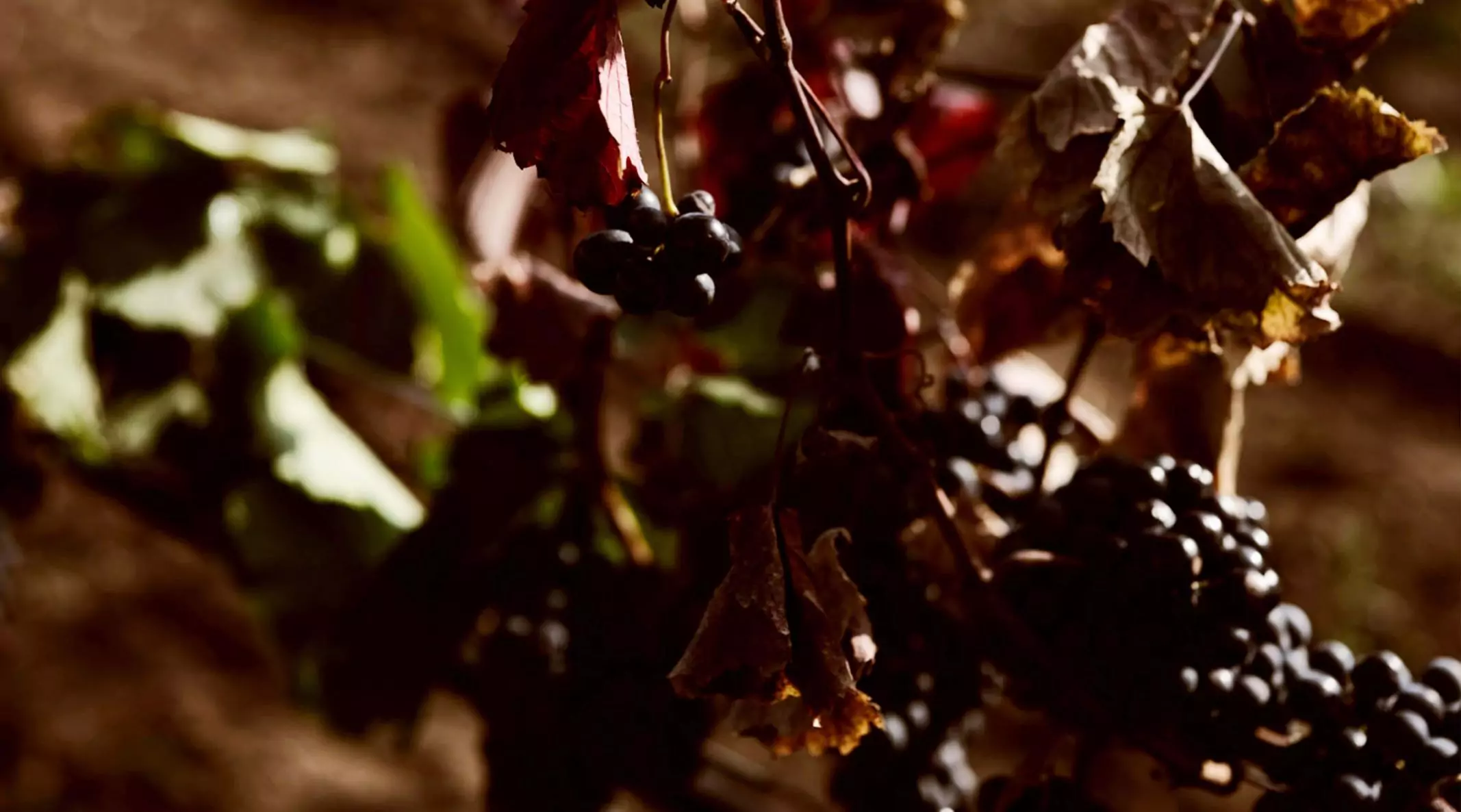
The dry ground
makes our wine
try harder.
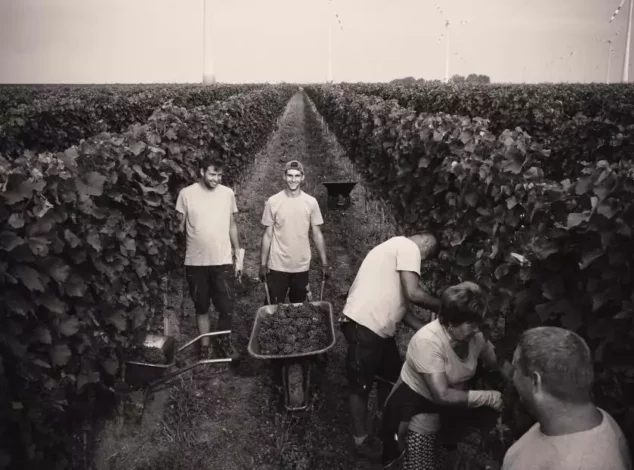

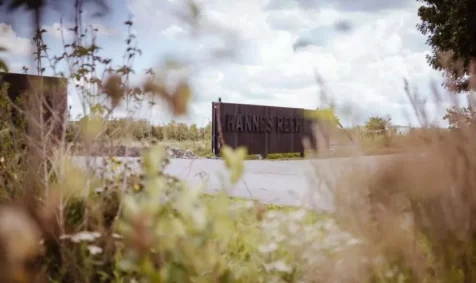
Those who try
harder get better.
Dry,
gravelly and
extremely fertile.
The Pannonian Heideboden area is an unparalleled region. A flat landscape, yet a sublimely beautiful one. It’s a natural paradise featuring steppe, vast reed beds, and shallow salt ponds – home to countless species of plants and animals and home to lush vines.
The Lake Neusiedl wine-growing area covers around 18,500 acres of heathland. On its far eastern edge, just a few kilometers from the Hungarian border, is the village of Andau. On the edge of the village is Hannes Reeh’s vineyard. This is where the grapes that go into making our wine flourish and grow.
With around 2,400 hours of sunshine a year, Andau is the sunniest place in Austria. And with less than 20 inches of rain every year, it is also one of the driest places in the country. The Pannonian climate is ideal for good wine, producing beautifully ripe grapes that make elegant, full-bodied wines.
The soil underneath our vines is largely poor and gravelly, but is partly covered with a fertile layer of humus. The predominantly gravelly layer enables the water to drain away quickly so that the vines’ roots can dig down much deeper into the soil in order to reach the moisture and essential nutrients they require. The stony soil has another advantage: it stores warmth, which helps the grapes to ripen quickly and perfectly. Wines that grow here feature intensive aromas and a ripe, rich mellifluousness.
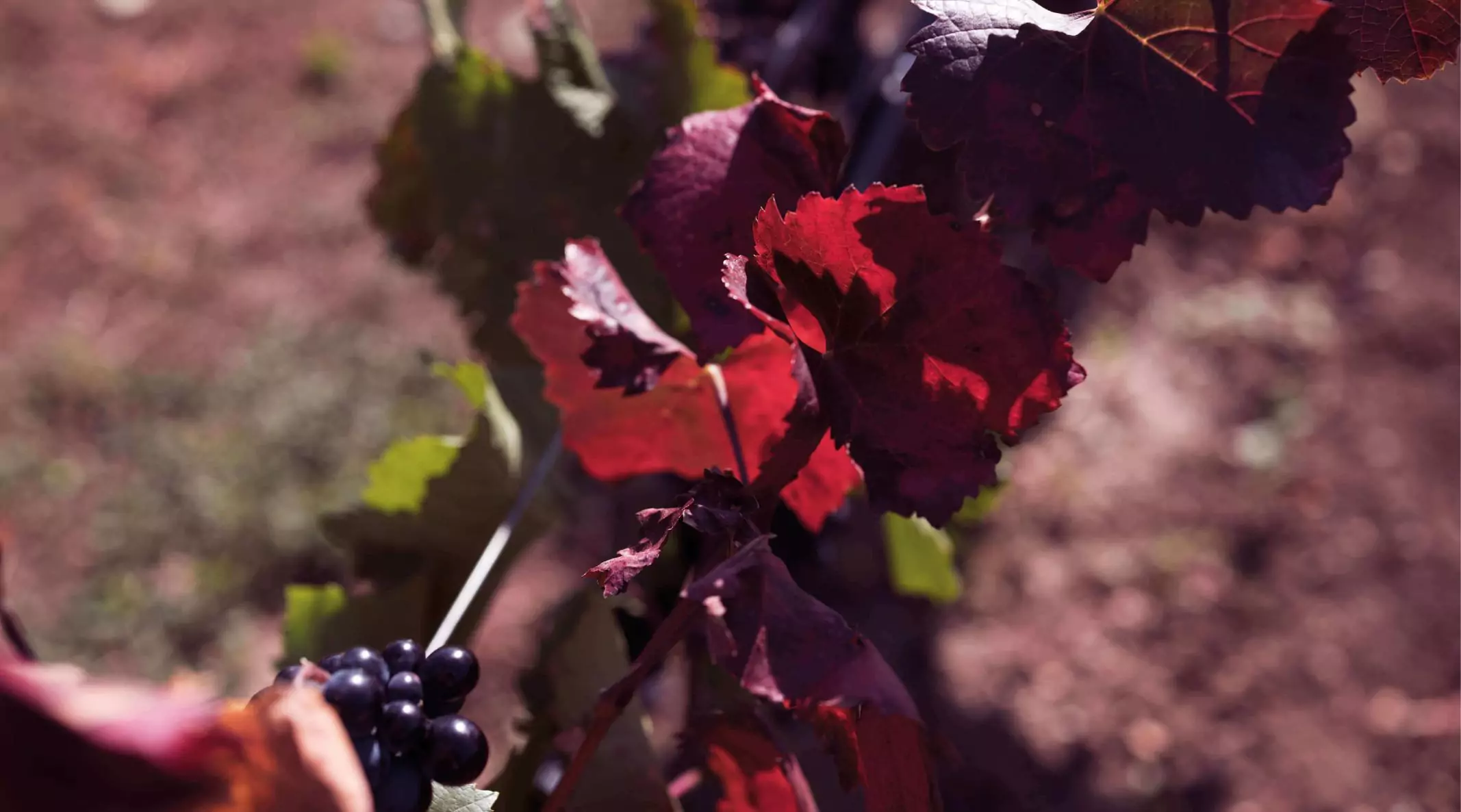
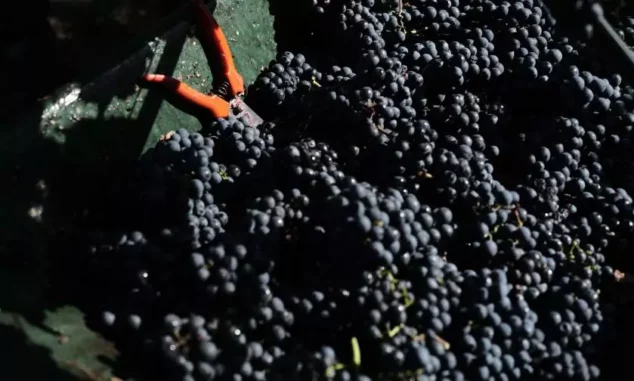
Handcraft
The sandy, stony soil of the heath offers the perfect home to
red wine varieties such as Zweigelt and Cabernet Sauvignon, but other
grapes also enjoy the geological and meteorological advantages of the region –
and enjoy them so much that it is revealed in the glass.
»It’s a good life here underneath the Andau sun – whether you’re a person or a vine.«
